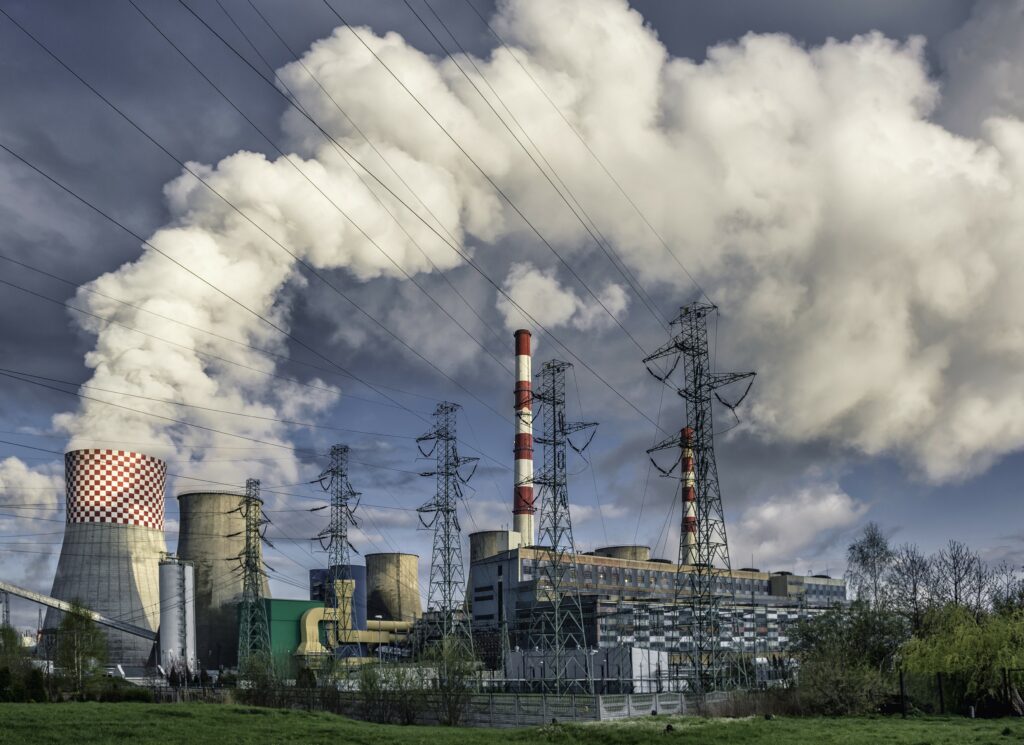By Metohuey Michael Adoglo
A new study has revealed that nearly 180,000 avoidable deaths over 14 years in fast-growing tropical cities were caused by a rapid rise in emerging air pollution.
The report, published Friday, April 8, 2022, in Science Advances by the University College London, identifies rapid degradation in air quality and increases in urban exposure to air pollutants, as corridors of health hazards.
READ MORE: Covid-19: China deploys army to Shanghai
The researchers attributed this rapid degradation in air quality to emerging industries and residential sources like road traffic, waste burning, and widespread use of charcoal and fuelwood.
The tropical cities analysed in this study spread across Africa, South Asia, South-East Asia, and the Middle East.
Across all these cities, the authors found significant annual increases in pollutants directly hazardous to the health of up to 14 per cent for nitrogen dioxide and up to eight per cent for fine particles, as well as increases in precursors of the same fine particles of up to 12 per cent for ammonia and up to 11 per cent for reactive volatile organic compounds.

READ MORE: United Nations, African countries move to halt spread of polio
According to the study, the rise in the number of premature deaths from exposure to air pollution peaked in South Asian cities, particularly Dhaka, Bangladesh (totaling 24,000 deaths); and the Indian cities of Mumbai, Bangalore, Kolkata, Hyderabad, Chennai, Surat, Pune and Ahmedabad (totaling 100,000 deaths).
However, despite the lower rate of deaths analysed in Africa’s tropical cities due to recent improvements in healthcare across the continent, resulting in a decline in overall premature mortality, researchers foretold worsening effects of air pollution on health would likely occur in the coming decades.
According to the WHO’s analysis of over 6,000 cities in 117 countries where it had monitored their air qualities, the inhabitants of these cities were yet unaware breathing unhealthy levels of fine particulate matter and nitrogen dioxide, adding that people in low and middle-income countries were even more susceptible to the highest level of exposure.
The views and opinions expressed in this article are those of the author’s and do not necessarily reflect those of Africanian News.









